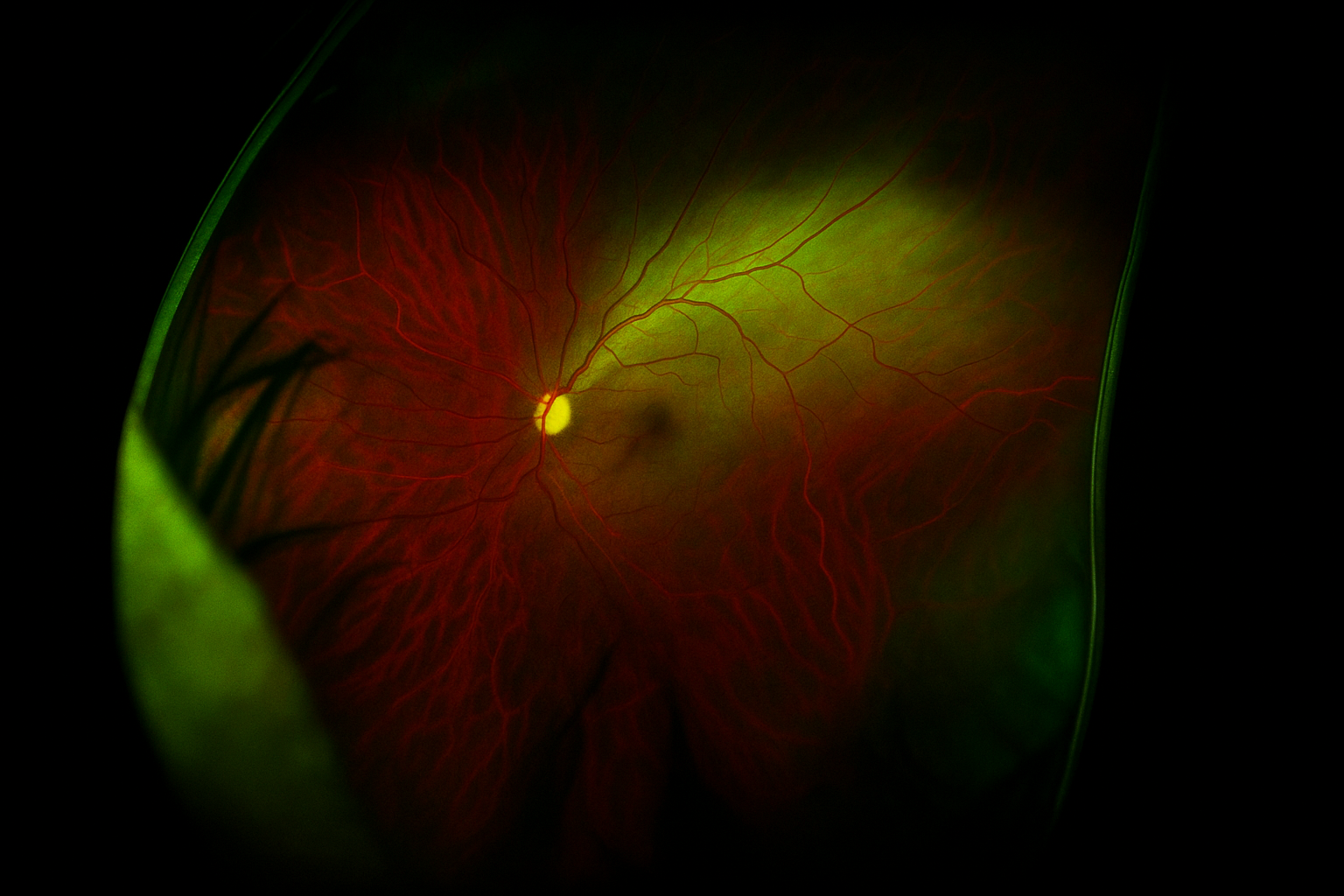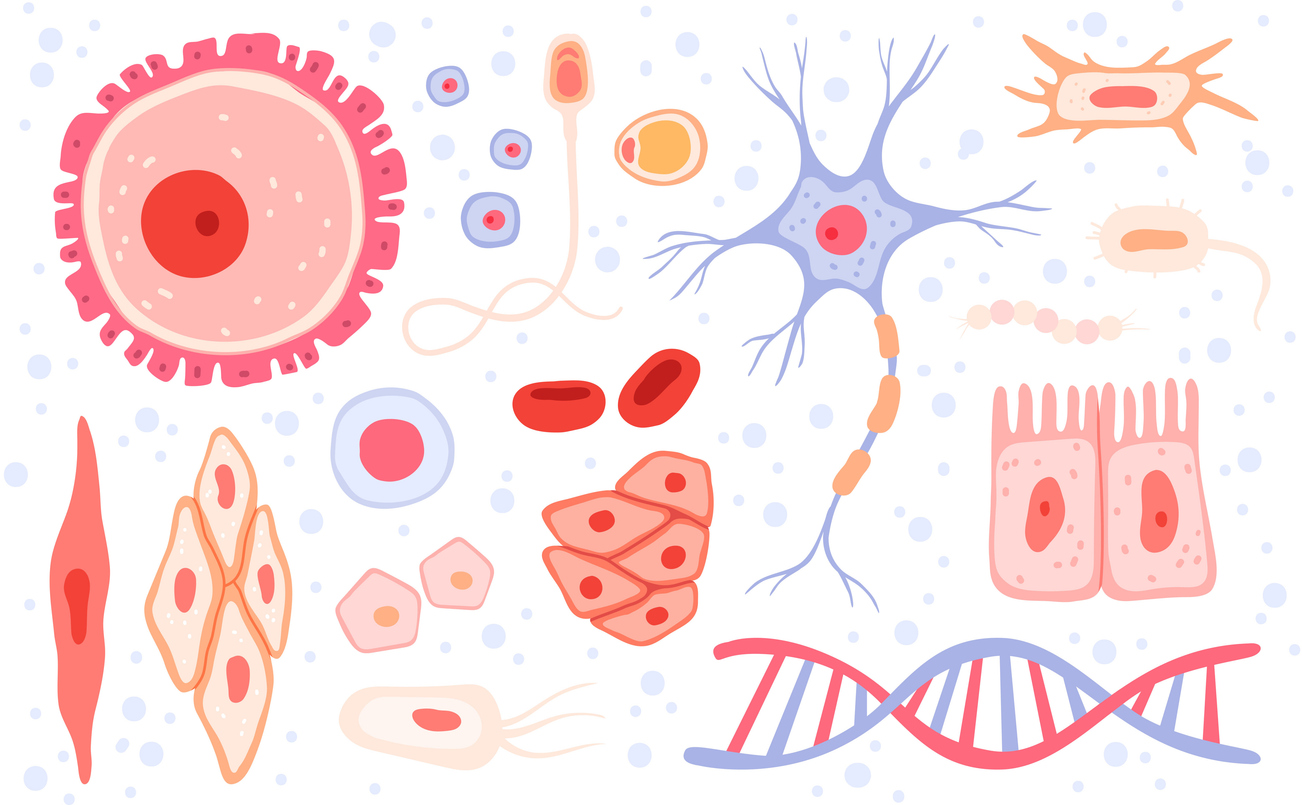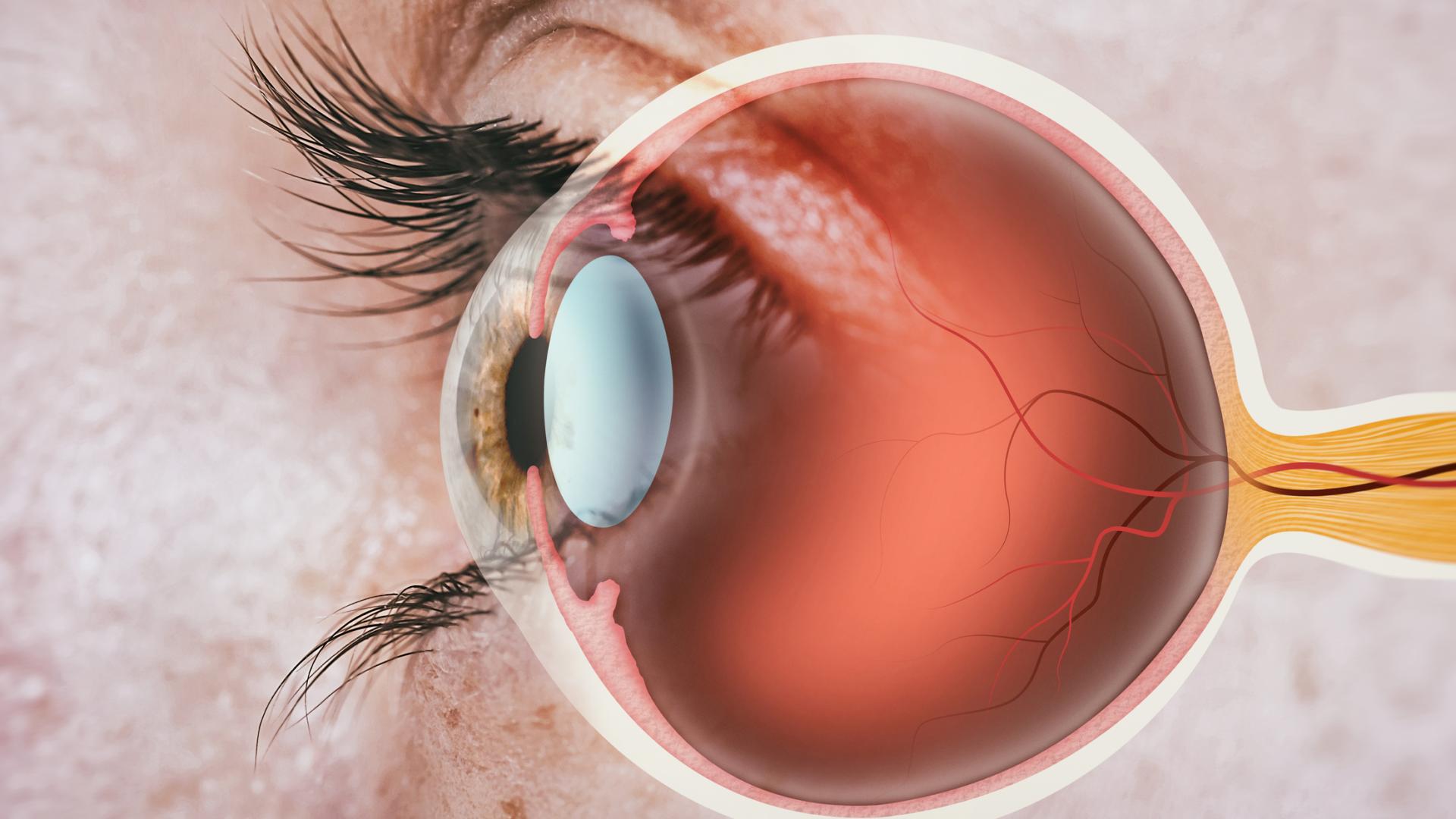National Glaucoma Research
For the last 45 years, National Glaucoma Research, a BrightFocus Foundation program, has accelerated groundbreaking research into the root causes of this sight-stealing disease and a leading cause of irreversible blindness worldwide. We support exceptional scientists worldwide studying cutting-edge prevention strategies, treatments, and a cure to defeat glaucoma.

Our Impact: Making a Difference
National Glaucoma Research is currently supporting a global portfolio of 31 active research grants, a more than $5.6 million investment. Our grants are vetted through a rigorous evaluation process by the world’s top scientists and clinicians who serve on our scientific review committee.
With our grants, scientists are developing and testing hundreds of hypotheses about how the disease destroys the optic nerve and results in vision loss and blindness.
31
Active scientific research projects supported worldwide
102
Glaucoma scientists currently supported through our grants
More than $52 million
Invested in glaucoma research since inception
Recent News
News & Breakthroughs
Why It Matters
Why Glaucoma Research Matters

Glaucoma is the second leading cause of blindness worldwide, according to the World Health Organization, affecting 80 million people.
Given the aging of the world’s population, this number may increase to more than 111 million by 2040. In the United States, glaucoma is a leading cause of blindness among African Americans and Hispanics.

National Glaucoma Research is on a mission to cure this sight-stealing disease.
We believe that by providing initial funding for highly innovative experimental research and creative ideas, we can spark revolutionary approaches and vision-saving breakthroughs.
Our Approach to Research
National Glaucoma Research takes a 360-degree approach to funding innovative scientific research worldwide to defeat glaucoma. We explore the full range of scientific paths–from controlling eye pressure in new ways to protecting and regenerating the optic nerve–to uncover new techniques for preventing, treating, and curing glaucoma.
Resources
We’re here for you.
Support Groundbreaking Glaucoma Research
Your support helps fund critical research that could prevent vision loss, provide valuable information to the public, and cure this sight-stealing disease.

Grants & Scientists

Apply for a Research Grant
National Glaucoma Research provides research funds for U.S. domestic and international researchers studying glaucoma.
























